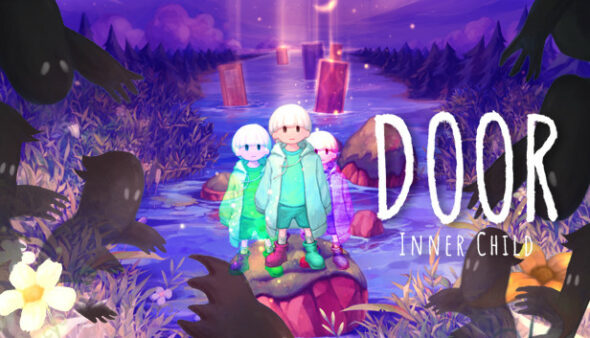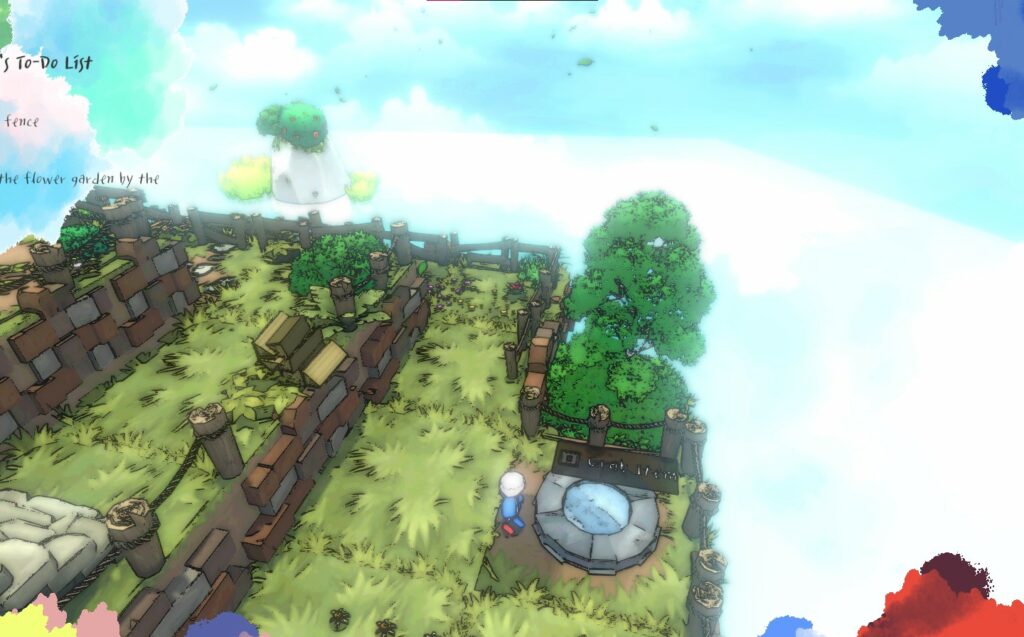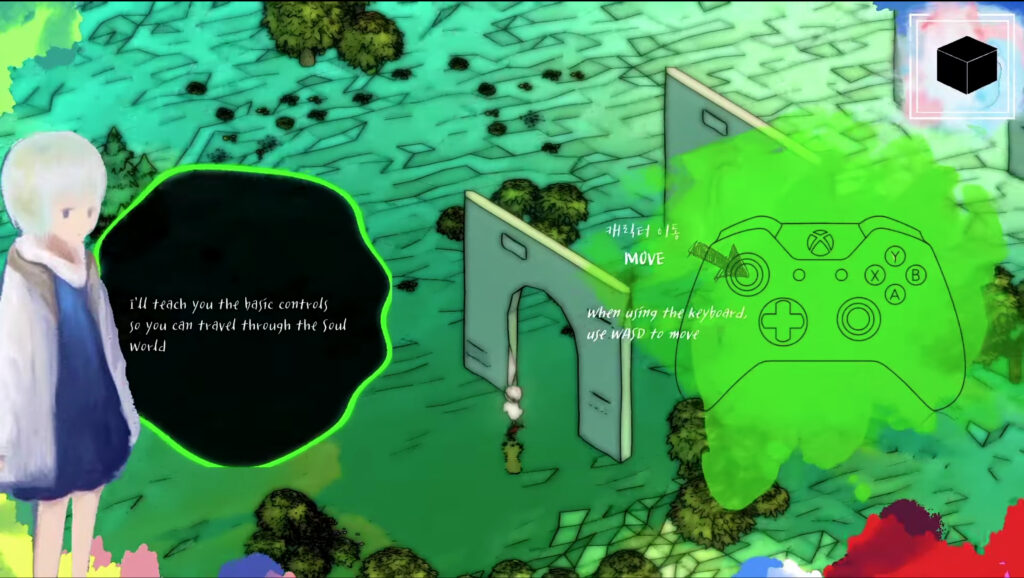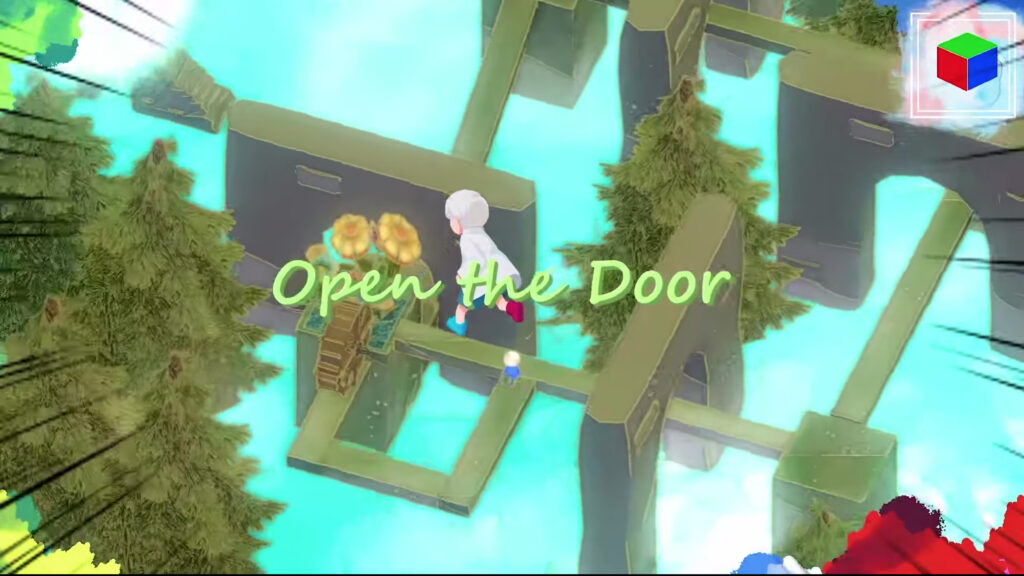
Developer: PLAY Mephistowaltz
Publisher: PLAY Mephistowaltz
Platform: PC
Tested on: PC
DOOR:Inner Child — Preview
DOOR:Inner Child, developed and published by PLAY Mephistowaltz, is a stunning adventure puzzle platformer that revolves around healing, emotions, and the soul. This beautiful game is currently in Early Access on Steam and it is available for everyone to purchase. According to the developer, the decision to have the game available so early on is to be able to develop the game together with the community by getting feedback and guidance. Simultaneously, it is also a good opportunity for them to learn and grow as a game developer. To quote PLAY Mephistowaltz “I think that it’s a process so that I could be stronger and leap higher. The main reason we are releasing the game for EA is to gather feedback from players”. You can find more information about the developer and the reason behind the Early Access in a special section on the game’s store page on Steam. Since this is the developer’s reason behind the Early Access, this preview will also serve as good helping feedback.
We walk in the footsteps of Nia. A Child who tends to the emotionally wounded in the mysterious and beautiful Soul World. This is a world with different realms, housed by the ones who have experienced emotional trauma such as breakups, deaths, self-doubt, anxiety, among other feelings. All these complex emotions of the Soul World are expressed in various puzzle stages and can be visited to move forward in the game. Open closed doors to heal broken hearts and experience intriguing stories in the process.
Each stage has its own theme and emotion that you can explore wholeheartedly. As each emotion/stage changes, so does the ambiance and music. It’s because of this that it becomes clear that it is the intention for you to fully take in the emotion and atmosphere of that particular level. Also worth mentioning is that the game is an experience, not just an adventure game you should speed through. It’s more about the story-telling than it is about the puzzle-solving.
As said before, the visuals and the sound go hand in hand, depending on the theme of that particular stage. Each of these stages has its own unique color scheme and melodic soundtrack. For example, if the theme is sad and gloomy, the stage will seem much darker and the music will be more melancholic rather than vibrant and upbeat. The graphical style in each scene, which resembles beautiful watercolor paintings, does stay consistent overall. For us, the style feels personal and uniquely drawn. It gives off a relaxing aesthetic that calms you that helps us guide the pace of the playthrough.
The graphical style, however, does have its downsides if you extend it to the font; specifically, on the readability of the texts. Since the aesthetics are all about drawings, the style used in the game is ‘handwriting’. Both have the same vibe which fits perfectly together but that does make reading the dialogue and tutorials a bit harder. The latter is not game-breaking, but it just takes more effort to read.
First of, let’s start with the smallest issue of the game: screen scaling. Since you can’t adjust your game resolution anywhere, the game adjusts itself. To our frustration, the game’s dimensions are larger than the screen of the test-rig so the sides are cut off (seen in the screenshot above).
But then, there’s a much bigger issue at hand: the controls. Nowadays, most PC games give you the option to play on mouse+keyboard or controller. And DOOR:Inner Child is no exception, which is a plus! Also having a tutorial that teaches you the controls from the beginning of the game isn’t bad either. However, having both tutorials for KB+M and controller on the screen at the same time is too much. It just clutters the screen. It’s better to only have one tutorial for the preferred option. As for now, the game does not always recognize a controller when it is connected. This makes it so that you are often forced to play with KB+M, which wasn’t the easiest task to do so. Navigating can only be done by AWSD-keys which isn’t at all enjoyable for some players. And rotating the camera with the PC mouse handles very poorly.
Thankfully, all these issues can easily be resolved within a settings menu. It would be nice giving players the option to adjust the game’s resolution, option to add custom controls, adjust camera sensitivity, adjust sound volume, depth-perception, among many other things that can be adjusted.
DOOR:Inner Child is a casual puzzle platformer. It’s an adventure indie game that is meant to be experienced and enjoyed at a calm pace. So the puzzles are not that complex to solve.
The gameplay is quite simple. As Nia, you travel through the realms of the Soul World, collecting soul fragments, picking up items and keys to eventually open doors to the next stage of the game. As is the case with most platformers, you interact with your surroundings and navigate through obstacles and moving pathways along the way. Trying to reach your end goal.
Most of the collectibles are spread throughout the maze-like stages. So most of the gameplay consists of you walking around, exploring, and going from point-to-point. Nothing very mind-boggling, but still captivating because of each unique stage.
Conclusion
DOOR:Inner Child has such a good concept, charming art style, and enjoyable soundtrack. The gameplay and puzzles are not too complex, so experiencing the game rather than intensely playing was easy. This makes it perfect for a casual playthrough. Unfortunately, the game has many issues that almost makes it unplayable. We would even say that it was far too early for it to already be released on Steam, even in Early Access. However, since this was intentional by the developer and it was clearly mentioned on the game’s store page, it shows that there’s still a lot of promise for this game. The issues can easily be fixed, and the developer seems genuinely open for critique and is eager to do better. It is clear that this game has huge potential for great success.
DOOR:Inner Child — Preview,









No Comments